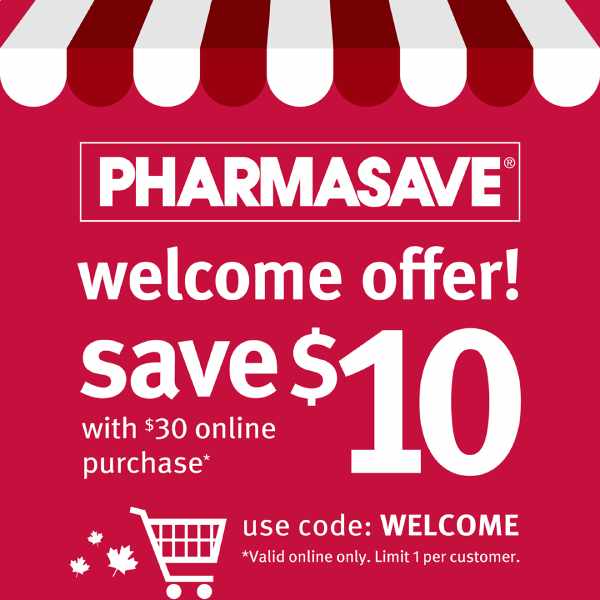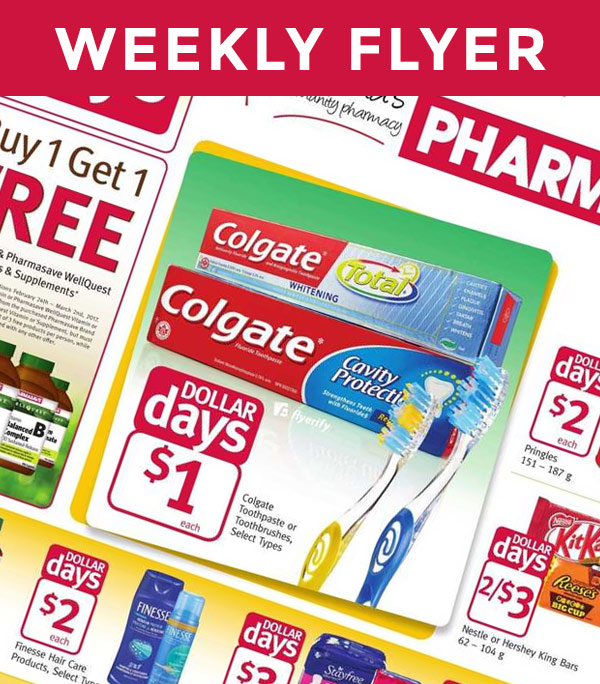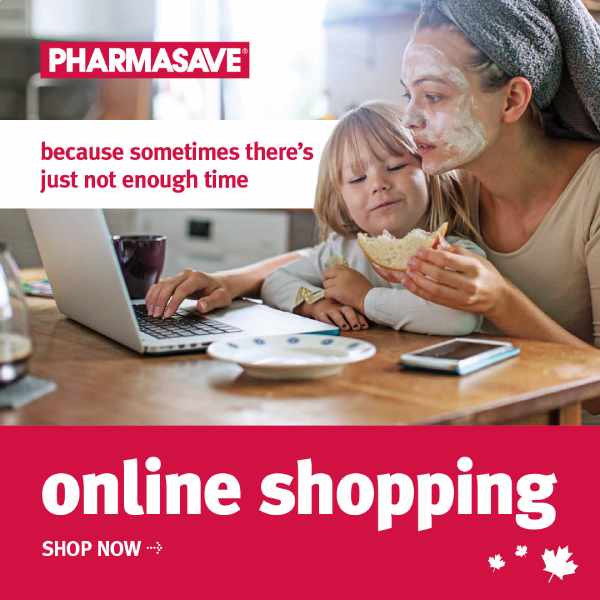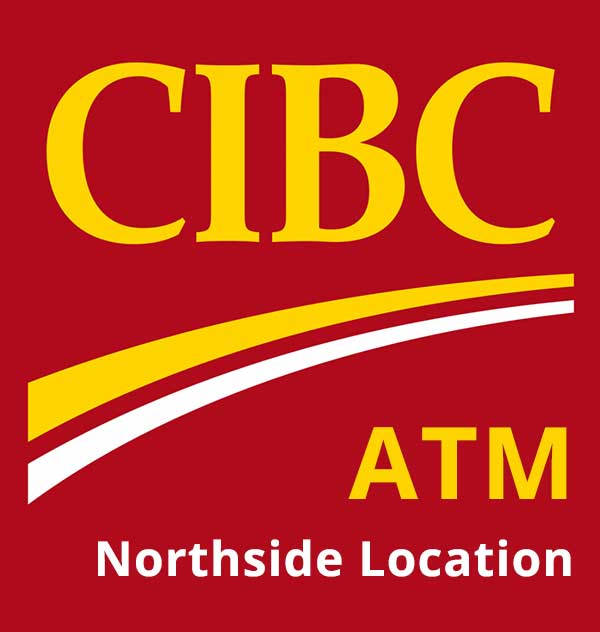
Pharmasave Port Coquitlam
Our Community Matters3295 Coast Meridian Road
Port Coquitlam, British Columbia
P: 604.942.9813 | F: 604.942.1561
100 - 2255 Elgin Ave
Port Coquitlam, British Columbia
P: 604.942.7117 | F: 604.942.4665
Pain
Pain management is essential because, even when the underlying disease process is stable, uncontrolled pain prevents patients from working productively, enjoying recreation, or taking pleasure in their usual roles in the family and society. Chronic pain may have a myriad of causes and perpetuating factors, and therefore can be much more difficult to manage than acute pain, requiring a multidisciplinary approach and customized treatment protocols to meet the specific needs of each patient.
Palliative care often involves the use of opioid analgesics. NMDA (N-methyl-D-aspartate)-receptor antagonists, such as dextromethorphan and ketamine, can block pain transmission in dorsal horn spinal neurons, reduce nociception, and decrease tolerance to and the need for opioid analgesics. [Anesth Analg 2001 Mar; 92(3):739-44]
Optimal treatment may involve the use of medications that possess pain-relieving properties, including some antidepressants, anticonvulsants, antiarrhythmics, anesthetics, antiviral agents, and NMDA antagonists. By combining various agents which utilize different mechanisms to alter the sensation of pain, physicians have found that smaller concentrations of each medication can be used.
We work together with prescriber and patient to solve problems by customizing medications that meet the specific needs of each individual. Please contact our compounding pharmacist to discuss the dosage form, strength, and medication or combination that is most appropriate for your patient.
Neuropathic Pain
The following article discusses the use of topical ketamine 0.5% (5 mg/ml) gel, applied as a thin film two to three times daily over the skin where pain was severe. Topical ketamine reduced pain for patients with postherpetic neuralgia with no systemic side effects.
Neurology 2003;60:1391-1392
Topical ketamine treatment of postherpetic neuralgia
Dianna Quan, MD, Mary Wellish, BS and Donald H. Gilden, MD
Departments of Neurology (Drs. Quan and Gilden, M. Wellish) and Microbiology (Dr. Gilden), University of Colorado Health Sciences Center, Denver.
No abstract available. Full text article may be purchased online.
Go to PubMed: www.ncbi.nlm.nih.gov/PubMed
In the search box, enter the following PMID: 12707455
The following randomized, double-blind, placebo-controlled study assessed the analgesic efficacy of topical administration of 3.3% doxepin hydrochloride, 0.025% capsaicin or a combination applied daily for 4 weeks in 200 adult patients with chronic neuropathic pain, and reported that all three preparations significantly reduced overall pain.
Br J Clin Pharmacol 2000 Jun;49(6):574-9
Topical application of doxepin hydrochloride, capsaicin and a combination of both produces analgesia in chronic human neuropathic pain: a randomized, double-blind, placebo-controlled study.
McCleane G
Pain Clinic, Craigavon Area Hospital, 68 Lurgan Road, Craigavon, BT63QQ5, N. Ireland.
The abstract of this article can be viewed online.
Go to PubMed: www.ncbi.nlm.nih.gov/PubMed
In the search box, enter the following PMID: 10848721
Migraine
The following article concludes: A fixed combination of indomethacin 25 mg, prochlorperazine dimaleate 4 mg, and caffeine 75 mg is significantly more effective than sumatriptan in the acute treatment of migraine attacks versus sumatriptan 25 mg, both rectal suppositories.
Headache. 2003 Sep;43(8):835-44
Efficacy of a fixed combination of indomethacin, prochlorperazine, and caffeine versus sumatriptan in acute treatment of multiple migraine attacks: a multicenter, randomized, crossover trial.
Di Monda V, Nicolodi M, Aloisio A, Del Bianco P, Fonzari M, Grazioli I, Uslenghi C, Vecchiet L, Sicuteri F.
Neurology Division I, Spedali Civili di Brescia, Italy.
The abstract of this article can be viewed online.
Go to PubMed: www.ncbi.nlm.nih.gov/PubMed
In the search box, enter the following PMID: 12940804
The following article concludes: Oral therapy with a combination of LAS (equivalent to 900 mg ASA) and metoclopramide 10 mg was superior to placebo with therapeutic gains of 30% and 31% for the first treated attack, and was comparable to 100 mg sumatriptan.
Funct Neurol. 2000;15 Suppl 3:196-201
The effectiveness of combined oral lysine acetylsalicylate and metoclopramide (Migpriv) in the treatment of migraine attacks. Comparison with placebo and oral sumatriptan.
Tfelt-Hansen P.
Department of Neurology, Glostrup Hospital, University of Copenhagen, Glostrup, DK-2600 Glostrup, Denmark.
The abstract of this article can be viewed online.
Go to PubMed: www.ncbi.nlm.nih.gov/PubMed
In the search box, enter the following PMID: 11200792
NSAID Therapy
The following article concludes: “Topical non-steroidal anti-inflammatory drugs are effective in relieving pain in acute and chronic conditions.”
BMJ. 1998 Jan 31;316(7128):333-8
Quantitative systematic review of topically applied non-steroidal anti-inflammatory drugs.
Moore RA, Tramer MR, Carroll D, Wiffen PJ, McQuay HJ.
University of Oxford, Oxford Radcliffe Hospital, Headington.
The abstract of this article can be viewed online.
Go to PubMed: www.ncbi.nlm.nih.gov/PubMed
In the search box, enter the following PMID: 9487165
Free full text article available at bmj.com: http://bmj.bmjjournals.com/cgi/content/full/316/7128/333
The following article reports “The systemic concentrations of ketoprofen have also been found to be 100 fold lower compared to tissue concentrations below the application site in patients undergoing knee joint surgery. Topically applied ketoprofen thus provides high local concentration below the site of application but lower systemic exposure.”
Pharm Res. 1996 Jan;13(1):168-72
Percutaneous absorption of ketoprofen from different anatomical sites in man.
Shah AK, Wei G, Lanman RC, Bhargava VO, Weir SJ.
Pfizer Inc., Central Research Division, Groton, Connecticut 06340, USA.
The abstract of this article can be viewed online.
Go to PubMed: www.ncbi.nlm.nih.gov/PubMed
In the search box, enter the following PMID: 8668669
Topical Anesthetics
The following article concludes: “LAT gel (4% lidocaine, 1:2000 adrenaline, 0.5% tetracaine) worked as well as TAC gel (0.5% tetracaine, 1:2000 adrenaline, 11.8% cocaine) for topical anesthesia in facial and scalp lacerations. Considering the advantages of a noncontrolled substance and less expense, LAT gel appears to be better suited than TAC gel for topical anesthesia in laceration repair in children.”
Pediatrics 1995 Feb;95(2):255-8
Lidocaine adrenaline tetracaine gel versus tetracaine adrenaline cocaine gel for topical anesthesia in linear scalp and facial lacerations in children aged 5 to 17 years.
Ernst AA, Marvez E, Nick TG, Chin E, Wood E, Gonzaba WT
Department of Medicine, Louisiana State University, New Orleans.
The abstract of this article can be viewed online.
Go to PubMed: www.ncbi.nlm.nih.gov/PubMed
In the search box, enter the following PMID: 7838644
The following article reported that a triple-anesthetic gel containing benzocaine, lidocaine, and tetracaine (“BLT”) applied prior to treatment with a 532-nm KTP laser resulted in significantly lower pain scores than with 3 other topical anesthetics at 15, 30, 45, and 60 minutes after application.
Cosmetic Dermatology 2003 Apr;16(4):35-7
Topical Triple-Anesthetic Gel Compared With 3 Topical Anesthetics
Lee MWC
Department of Dermatologic Surgery, University of California, San Francisco
Transdermal Medications
Transdermal creams and gels can be formulated to provide high local concentrations at the site of application (e.g., NSAIDs for joint pain), for trigger point application (e.g., combinations of medications for neuropathic pain), or in a base that will allow systemic absorption. Studies suggest that there are no great restrictions on the type of drug that can be incorporated into a properly compounded transdermal gel. When medications are administered transdermally, they are not absorbed through the gastrointestinal system and do not undergo first-pass hepatic metabolism; therefore, side effects associated with oral administration can often be avoided.







